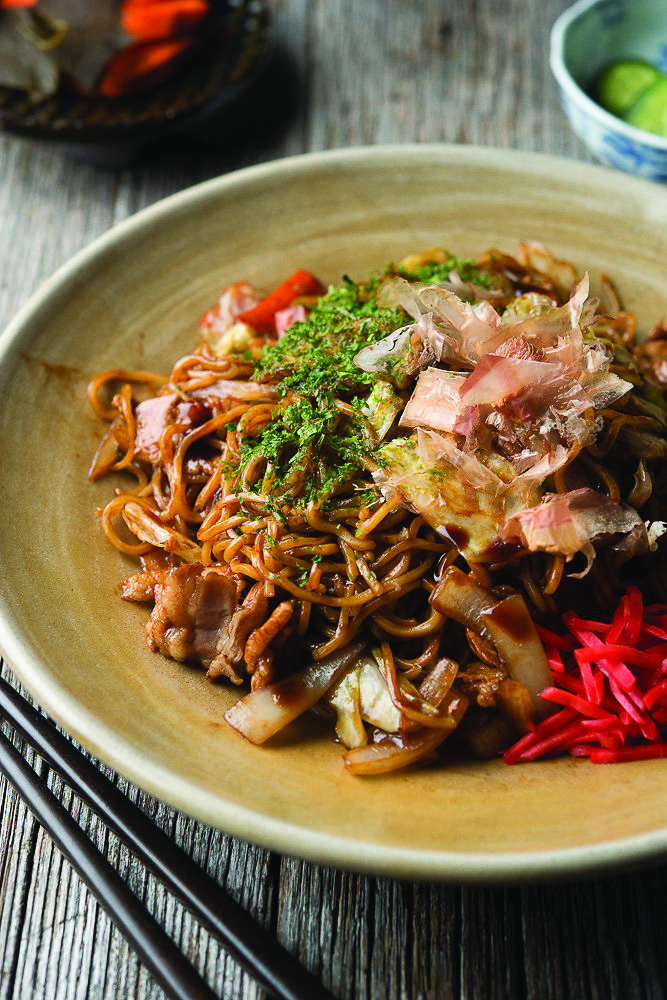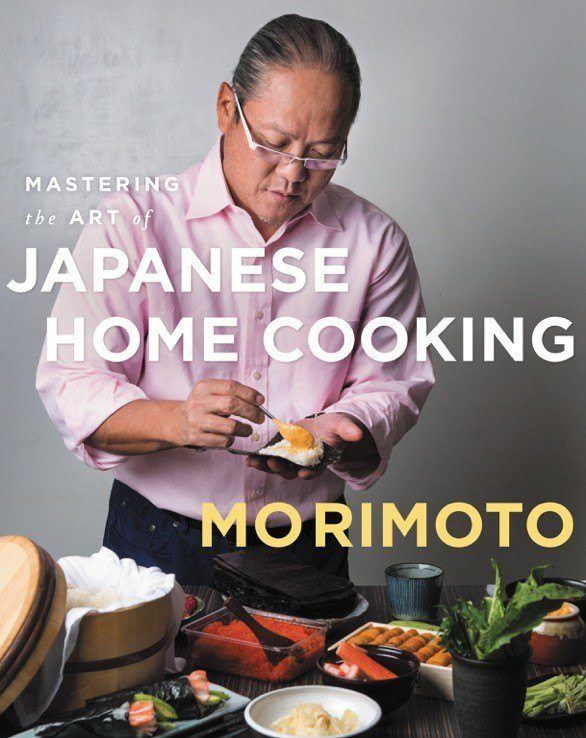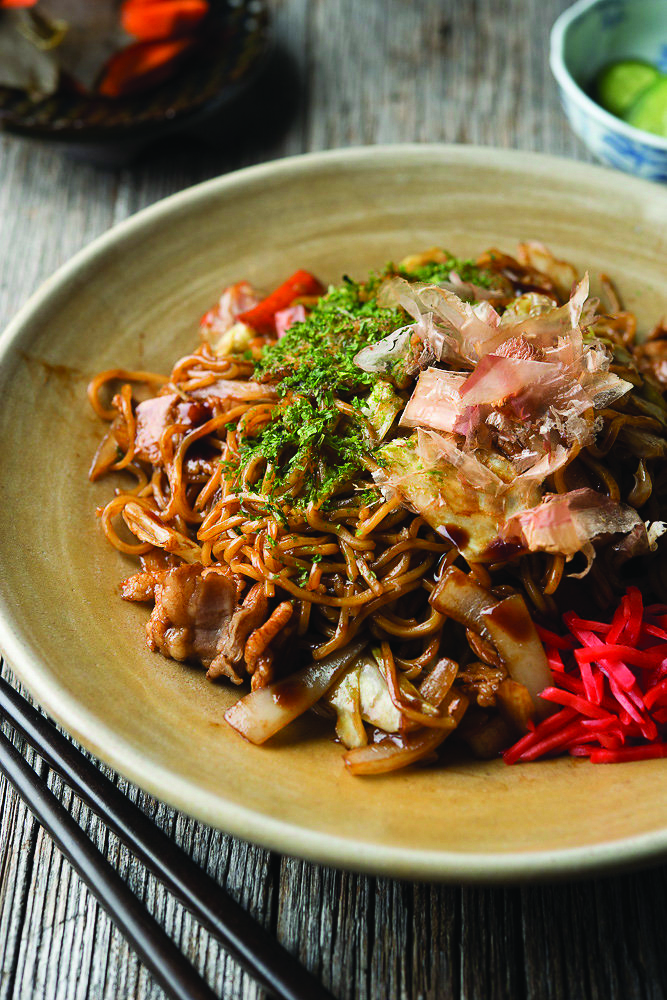'Mastering The Art Of Japanese Home Cooking' With 'Iron Chef' Morimoto
We may receive a commission on purchases made from links.
Americans have enthusiastically fallen in love with Japanese cuisine: Sushi, ramen, and yakitori are all as common as tacos and lasagna these days. Yet while we feel confident tackling Mexican and Italian cuisines in our own kitchens, Japanese food is determinedly left to the experts.
There are preconceived notions that Japanese cuisine is too complicated or requires too much meticulous finesse to make it — or at least make it well — at home. Iron Chef Masaharu Morimoto rejects those notions.
Chef Morimoto is seeking to parallel what Julia Child's Mastering the Art of French Cooking achieved in the 1960s and beyond — that is, make French food accessible and attainable — and recently released his newest cookbook, Mastering the Art of Japanese Home Cooking to inspire a similar understanding and discovery of Japanese food.
"This book is devoted to these simple and spectacular examples of Japanese home cooking. It's a catalog of ideas from Japanese grandmothers, a highlight reel that includes my favorite dishes to eat at home," he writes in the introduction.
One of the best elements of this particular cookbook are the bits of "Japanese Grandmother Wisdom" scattered throughout the book, dispersing and describing indispensable tricks and suggestions for successful cooking and eating. In the recipe Buta No Shogayaki (Sliced Pork Belly With Ginger and Onions), for instance, Morimoto's embodiment of Japanese Grandmothers suggest that you "use tongs or long chopsticks to grab [a folded paper towel] and spend thirty seconds or so patting the pork and the skillet to soak up the excess fat."
Chef Morimoto also shared recipes for his Stir-Fried Yakisoba Noodles With Pork, Cabbage, and Red Pickled Ginger; Tekka Don No Poke (Hawaiian Poke- Style Tuna Rice Bowl); Nitsuke Fish; and Homemade Udon Noodles.
Morimoto's recipes help to demystify Japanese cooking, making it seem just as do-able as any other cuisine. This could suggest, then, that it is perhaps the language itself that proves to be the biggest barrier in the American kitchen. But that too is an easy obstacle to overcome; the Sake Shioyaki recipe, for instance, is just a good piece of salmon seasoned with salt and broiled — not complicated at all; just delicious.
To find out more about Morimoto's inspiration and love of home cooking, continue reading for his Q&A.
Click here to purchase your own copy of Mastering the Art of Japanese Home Cooking.
The Daily Meal: What is your philosophy of cooking (and/or eating)?
Masaharu Morimoto: Don't be trapped by stereotypes. Break them down.
How did your philosophy inspire the recipes you chose to include in this book?
This book is purely about home cooking and not affected by my philosophy mentioned above. I wanted to rediscover some old traditional recipes to fill the gap between now and then and reaffirm where I stand.
What is your favorite recipe in the book and why?
Shira Ae. It's another healthy dish you can make with tofu.
[Editor's note: Shira Ae is a mashed tofu salad made with spinach, sesame, soy, and mirin.]
Do you have any specific grandmothers or influential women in your life that served as inspiration?
I don't have many memories of my own grandmothers and never had a chance to eat their food. So this is more of a collective idea of Japanese grandmothers in general.
The reason why I turned to grandmother wisdom is because I wanted to start from remembering the ideas and know-hows that we might have forgotten in order for these great recipes to really take root in home cooking.
How do you hope readers will use this book, what do you hope they take away?
I hope they don't take Japanese food as some kind of complicated and mysterious food from the Far East. These dishes are eaten very commonly in Japan day to day. So: "Don't think. FEEL."
What are some foods you can't live without?
Rice.
Would you rather dine out or cook at home?
I like to eat at home.
You've built quite an empire; what's next for you?
Watch my health and welcome whatever comes this way.
I also want to clear up a misconception that Japanese food is somewhat difficult to approach. Just like I tried with this book, I want to bring Japanese food closer to people and to home cooking. Starting a cooking school for sushi or Japanese home cooking might be a great idea. Does anyone want to invest


